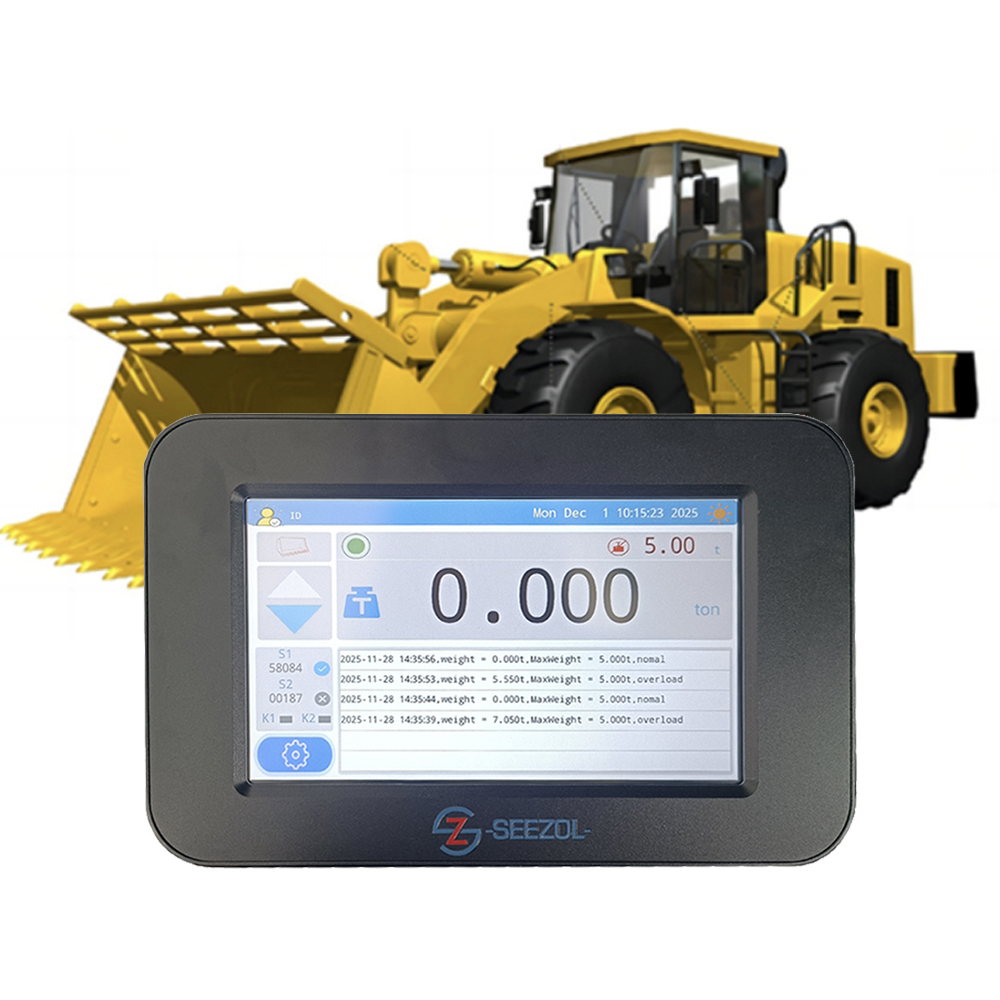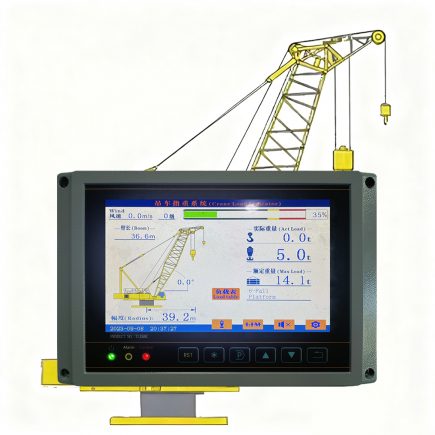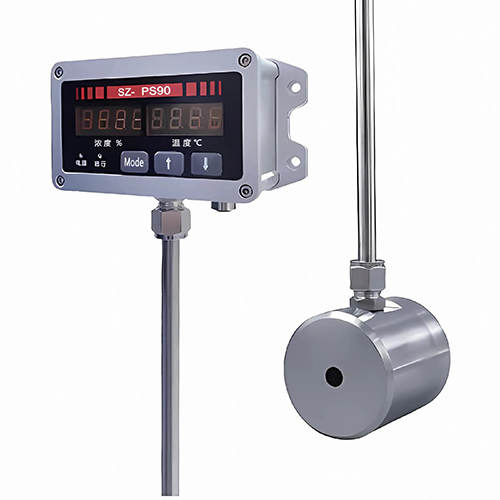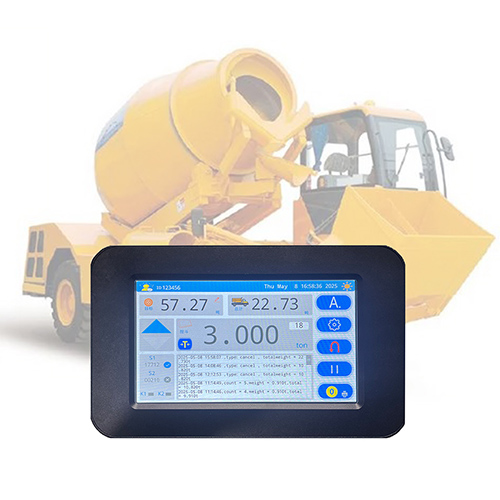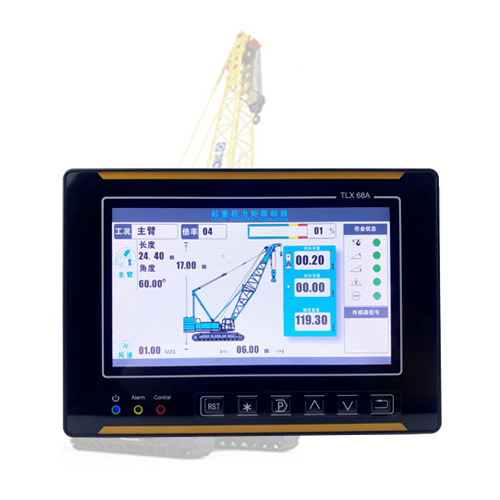Weighing-related Parameters
Range: It refers to the maximum weight range that the weighing system can measure. For example, if the range is 0 – 10 tons, it means that the system can accurately measure the weight of materials between 0 and 10 tons. The selection of the range should be determined according to the actual operation conditions of the excavator, such as the type of materials to be excavated and the single excavation volume.
Exactitud: Accuracy indicates the degree of closeness between the measurement result of the weighing system and the true value, which is usually expressed as a percentage or a specific error value. For example, if the accuracy is ±0.5%, the error between the measurement result and the actual weight is within ±0.5% of the actual weight. A high-precision weighing system can provide more accurate data for operations, but the cost is relatively high.
Repeatability: Repeatability refers to the degree of consistency of measurement results when the same object is weighed multiple times under the same conditions. Good repeatability means that the fluctuation of each measurement result is small, and the system is stable and reliable. For example, when weighing the same bucket of materials multiple times, the deviation of the results is within a very small range, indicating that the weighing system has good repeatability.
Performance-related Parameters
Tiempo de respuesta: It refers to the time required from the placement of materials on the weighing system to the display of a stable weight value by the system. The shorter the response time, the more it can meet the needs of rapid operation. For example, in continuous excavation operations, a weighing system with a short response time can provide the weight data of each excavation in a timely manner, improving the operation efficiency.
Overload Capacity: It represents the maximum overload that the weighing system can withstand without damage. It is generally marked as a multiple of the rated range. For example, an overload capacity of 120% means that the system can still work normally without damage when it bears a weight not exceeding 120% of the rated range. In actual operations, unexpected overload situations may occur, so an appropriate overload capacity is very important.
Environment-related Parameters
Operating Temperature Range: The allowable environmental temperature range within which the weighing system can operate normally. For example, -20°C – 60°C means that the system can ensure stable performance within this temperature range. Beyond this range, it may affect the accuracy of the sensor or cause system failures.
Protection Level: Usually represented by the IP code, it is used to describe the protection ability of the system’s shell against dust and water. For example, IP67. The first digit 6 indicates complete protection against foreign objects and dust; the second digit 7 indicates that the system can still ensure no damage due to water immersion under certain water depth, time or water pressure conditions. In different operating environments, it is necessary to select a weighing system with an appropriate protection level.


